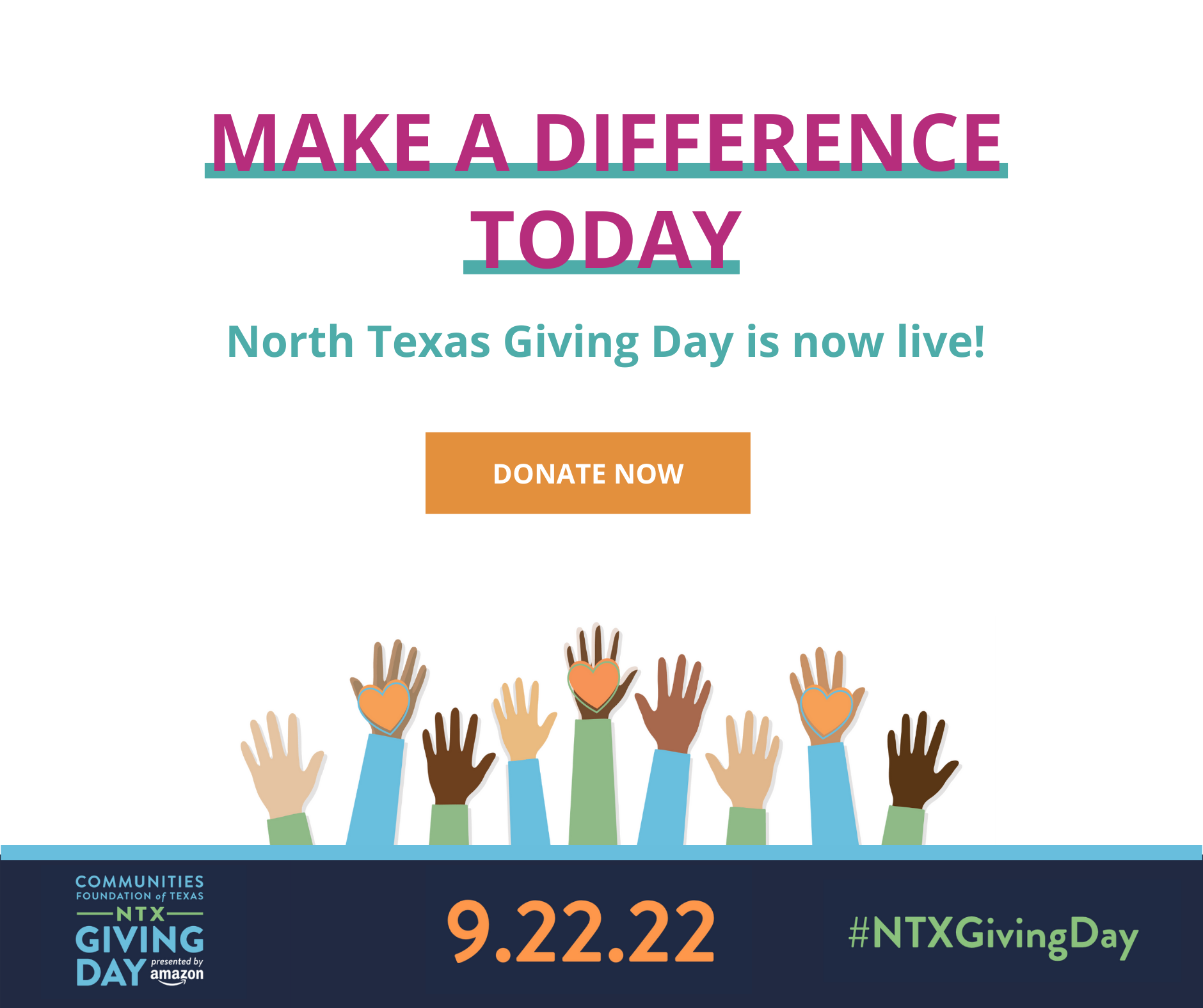Where Science Meets Policy
New and Noteworthy – Child Protection Research
Trends in Pediatricians’ Developmental Screening Rates 2002 – 2016 (American Academy of Pediatrics)
A study released last week shows that 63% of pediatricians reported utilizing standardized developmental screening tools in 2016. That’s up 21% since 2002, but well short of the American Academy of Pediatrics recommendation that ALL children be screened at 9, 18, and 30 months.

TexProtects’ Takeaway: As part of our Prenatal to Three Policy Agenda, TexProtects will be working throughout the interim and into next session on ways to increase the rates and quality of developmental screenings, as well as ensuring that appropriate referrals are provided in response to those screenings. It’s about getting families to the right community resources at the right time!
Prenatal and Infancy Nurse Home Visiting and 18-Year Outcomes of a Randomized Trial (American Academy of Pediatrics)
A randomized control trial of 742 pregnant, low-income women with no previous live births found that children whose mothers had participated in nurse home visiting demonstrated better receptive language, math achievement, and a number of other secondary cognitive-related outcomes.
and
Prenatal and Infancy Nurse Home Visiting Effects on Mothers: 18-Year Follow-up of a Randomized Trial (American Academy of Pediatrics)
An 18-year follow-up of 618 out of 742 low-income, primarily African-American mothers with no previous live births enrolled in an randomized clinical trial of a prenatal and infancy nurse home visiting program concluded that nurse-visited women incurred $17,310 less in public benefit costs compared with program costs of $12,578.

TexProtects’ Takeaway: Since its inception, TexProtects has advocated for the expansion of evidence-based home visiting programs like Nurse-Family Partnership: they have an amazing return on investment and positive outcomes across multiple domains and two generations. Despite significant progress, less than 4% of families who could benefit from these programs have access to them. Expanding home visiting programs through the Prevention and Intervention Division, the Family First Prevention Services Act, and other funders is a critical part of our Prenatal to Three policy agenda.
New and Noteworthy – Child Protection Policy
States can improve supports for infants and toddlers who are in or at risk of entering foster care (ChildTrends)
Child Trends fielded the 2019 Survey of Child Welfare Agency Policies and Practices for Infants and Toddlers in–or who are candidates for–Foster Care to understand what policies and services are already in place for infants and toddlers involved in and at risk of entering foster care, as well as to understand where the child welfare field can leverage the opportunities provided by the Family First Prevention Services Act (FFPSA).

TexProtects’ Takeaway: With FFPSA, states have a new opportunity to use federal funds to support the children and families who are at risk of becoming involved with the foster care system. Texas will likely need to increase its capacity to provide a robust array of services for infants and toddlers who are candidates for foster care, as well as their families. FFPSA is included in interim charges to multiple committees that will hold hearings in the coming months to monitor the Department of Family and Protective Service’s (DFPS) planning and implementation. Stay tuned for ways you can participate and speak up for Texas children.
Using implementation science to make sure evidence-based policy is sized to fit target populations (ChildTrends)
Child Trends’ Lauren Supplee recently appeared on the Freakonomics podcast to discuss evidence-based policy and implementation science, the study of what factors make it possible to scale up research-tested programs to serve larger populations in different communities.

TexProtects’ Takeaway: Evidence-based policy ensures that children and families benefit from proven programs. However, implementation matters! Investments in continued evaluation, adaptations for unique populations, and model fidelity are critical components in taking what works in one place to a larger scale. Thankfully, innovators at Child Trends as well as the Child and Family Research Partnership (CFRP) at the University of Texas are leading the way in designing solutions for these challenges.
Supporting Early Learning in America – Policies for a New Decade (New America)
New America makes eight recommendations to further policy actions that will help “America’s children become lifelong learners who are able to think critically and inventively, manage their emotions and impulses, and make smart decisions.”

TexProtects’ Takeaway: There is much that can be done to support the healthy development of a child’s brain in the early years, both inside and outside the home. TexProtects appreciates the recommendations to support two-generation programs (like home visiting) and ensure that they are integrated with other early childhood systems, as well as the recommendation to identify stable funding sources for early education and care so that parents can plan ahead, knowing they will have access to high quality and affordable care while they are at work.
State Child Care Assistance Policies: Texas (National Women’s Law Center)
NWLC compiled a sheet of child care assistance policy-related facts based on the landscape of care in Texas in 2019.
and
The Child Care Crisis Causes Job Disruptions for More Than 2 Million Parents Each Year (Center for American Progress)
“Unsurprisingly, it is mothers’ employment that suffers most when families are unable to find a child care program that suits their needs. The child care crisis not only affects families’ bottom lines; it also costs the economy $57 billion in annual lost revenue, wages, and productivity.”

TexProtects’ Takeaway: Texas policymakers must do more in the upcoming legislative session to ensure low-income families are able to receive child care assistance, which is critical for the parents’ ability to support their families. High-quality child care is also critical for children’s safety and brain development. 16,379 children on wait lists for child care assistance (as of February 2019) is too many.



